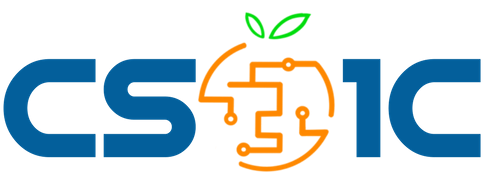Computer Science Education is important to today’s modern, digital society.
-
Students, parents, teachers and administrators continue to value CS learning in Year 2. More thannine in 10 parents feel that opportunities to learn CS are a good use of school resources.
-
While support for CS learning continues to be strong, all students do not yet have access to CSlearning opportunities in school classes. However, many get exposure to CS through school-sponsored clubs or activities and when CS is incorporated into other classes at school.
-
While CS learning opportunities are not universally accessible, they are increasing. Specifically,40% of principals in Year 2 report having at least one CS class available in which students can learncomputer programming or coding — up from 25% in Year 1.
-
Although the majority of parents value CS, few have approached school officials to specificallyexpress support for CS in the classroom, and educators do not report that CS is a priority at theirschool/district, which may be hampering CS offerings.
-
Similar to Year 1, schools report a lack of qualified teachers and funds as key barriers to offering CS.Additionally, schools continue to report that they have too many other classes that support requiredtesting for students, which may immobilize some schools from adding CS offerings, especially inlower grade levels.
The Computer Science Field is one of the most fastest growing and highest paying career paths in the world. However, there is a diminishing supply of teachers and students interested in Computer Science. This is largely based on how exposed students are to technology and resources as well as whether or not the students are being encouraged to explore the world of computer science.
Educating students in computer science is also beneficial to those not interested in the computer science field. With the digital age rising, there is a need to develop logical thinking and problem-solving which are all a part of the computer science curriculum. Students, regardless of interested field, must be avid in using computers whether it be to create a file, write a report, or researching a certain subject. Not to mention that the job openings with knowledge of computer science is growing in every industry and every state; job opening are projected to grow twice the rate of any job.
Because job perspective for computer science is growing at a rapid rate, it has become a crucial tool to not only innovate the world but a way to pull students of low-income families and communities out of poverty.
It’s important to expose students, however the main focus with computer science has been on white students. There has been a lack of focus on girls, blacks, and hispanic students. In fact, black students are more likely to not have classes dedicated to computer science than white students. This lack of resources and teachers teaching computer science creates a educational gap between white males and colored/female students.
Although majority of parents, teachers, and principals alike feel that Computer Science would be valuable and a good use of school resources, not all K-12 schools have implemented classes to teach it. However, many have created access to Computer Science by outside school-sponsored clubs and activities. A main problem for attempting to introduce Computer Science into schools is the lack of teachers that can teach it. High school principals who run schools without CS programs state that this is the main reason why they do not offer CS classes.





